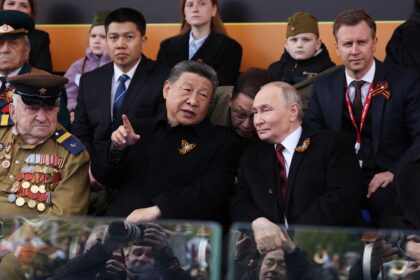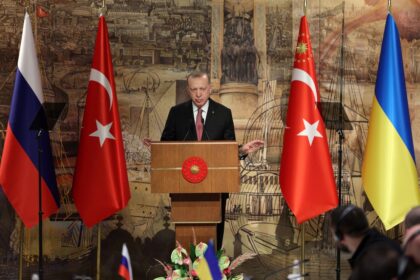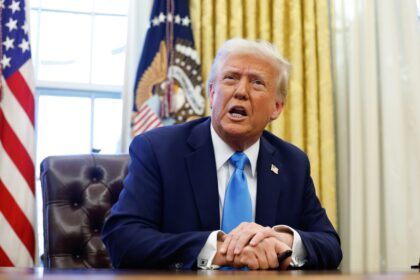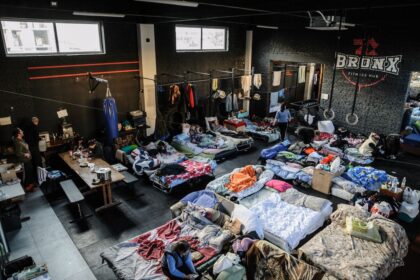**EU and Ukraine Reach Long-Term Trade Agreement**
The European Union has finally reached a long-term trade agreement with Ukraine, bringing an end to the wartime trade liberalization measures that were in place since 2022. However, many details of the deal are still not publicly known.
According to EU Trade Commissioner Maros Sefcovic and Agriculture Commissioner Christophe Hansen, the new agreement is a “predictable” and “reciprocal” framework. But they did not reveal the final quotas or volumes included in the deal, saying that these would be finalized “in the coming days”.
**Replacing Temporary Measures**
The new deal replaces the autonomous trade measures (ATMs) that allowed Ukrainian agri-food exports to enter the EU tariff-free since 2022. These temporary measures expired on June 5, reinstating pre-war trade conditions for a brief period.
**Structured in Three Tiers**
The new framework is structured into three tiers. The first tier includes products considered sensitive by EU member states, such as eggs, poultry, sugar, wheat, maize, and honey. Modest increases in quotas will be applied to these products.
The second tier includes products like butter, skimmed milk powder, oats, barley, malt, and gluten, which will see their quotas adjusted to reflect peak import levels reached since the start of the war.
A third category, which includes items such as whole milk powder, fermented milk, mushrooms, and grape juice, will be fully liberalized.
**Benefits for Both Sides**
Once finalised, the agreement will benefit both EU and Ukrainian producers. The deal grants EU producers greater access to the Ukrainian market for goods like pork, poultry, and sugar. At the same time, expanded access for Ukrainian exports will depend on Ukraine’s compliance with EU agricultural standards by 2028.
**Safeguard Provisions**
The deal includes safeguard provisions, allowing the EU or individual member states to restrict imports if domestic markets face serious disruptions.
“We want both EU and Ukrainian producers to have a stable and predictable basis for the future development of bilateral trade,” Hansen said.
Read More @ kyivindependent.com












